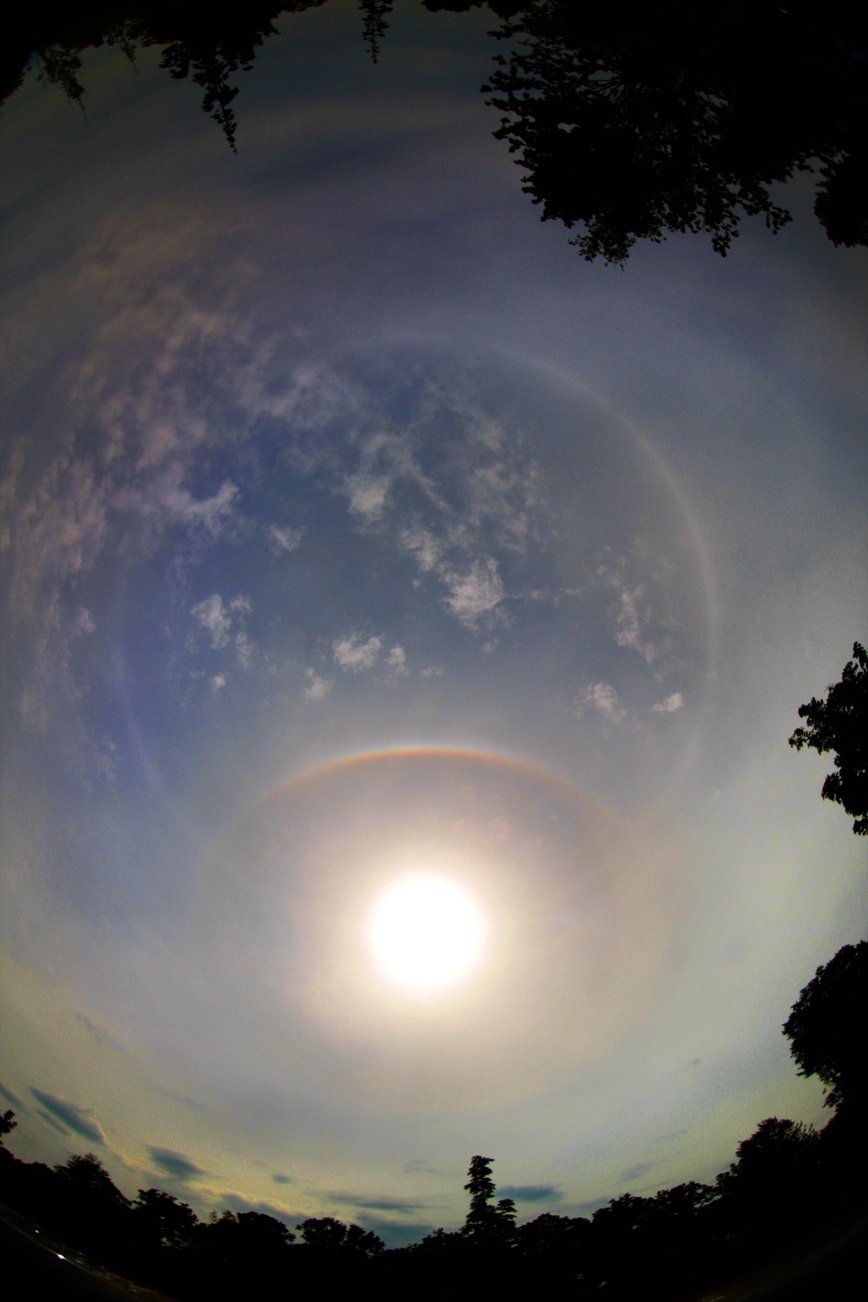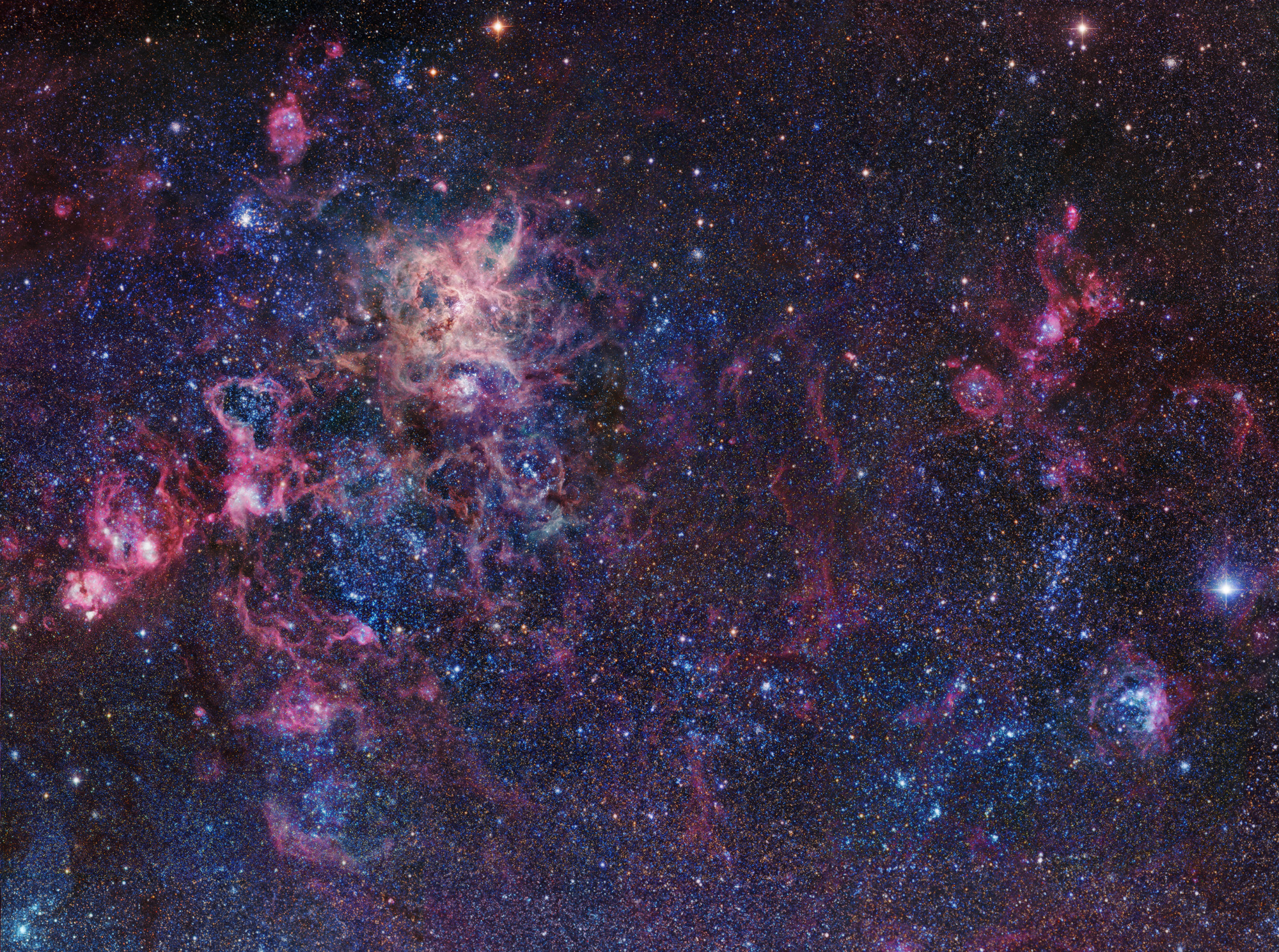
Carolyn Spellman’s father Leonard was originally a rancher, but he quit ranching and took up a store business in Gallup when he married Carolyn’s mother Hazel Arthur. Carolyn was born in Gallup, New Mexico in 1929. Her family later moved to Chico, California. She and her brother, Richard, attended the Chico State College; there she received a BS and MS in history and political science. She had not been interested in astronomy and science. Carolyn became a junior high school teacher, but she did not enjoy teaching students who did not want to learn. Richard had decided to attend the California Institute of Technology and earned a degree in chemical engineering; Gene Shoemaker had been Richard’s roommate. In 1950, Gene met Carolyn at her Richard’s wedding was the best man. They were married on August 18, 1951. They had three children: Christy, Linda, and Pat.
Gene Shoemaker was born on April 28, 1928 in Los Angeles, California. He graduated Caltech at nineteen. Because of his thesis on the petrology of Precambrian metamorphic rocks, Gene earned his master’s degree a year later and joined the joined the United States Geological Survey. Gene went on to earn his Ph.D. at Princeton University. While working for the USGS, Gene first became interested in asteroid impacts and space. After seeing the Arizona's Meteor Crater in 1952, Gene realized that it and craters on the moon were created by asteroid impacts. In 1960, Gene earned his doctorate from Princeton with a thesis on Meteor Crater.
They eventually settled in Flagstaff, Arizona, and Gene took an active role in astrogeology, the Ranger missions to the moon and astronaut training. Gene always wanted to go to the moon, but he was diagnosed with Addison's disease in 1963. Gene helped to start the USGS Center for Astrogeology 1965. He was appointed chief scientist helped to plan lunar landings. In 1969 Gene became a professor of geology at Caltech and was chairman of the Division of Geological and Planetary Sciences. He retired from the teaching in 1985 and retired from the USGS in 1993; however, he started work at the Lowell Observatory.
For many years Carolyn was a supportive wife and caring mother. In 1980 she started to measure images from the Palomar films. Carolyn was adept at examining Schmidt film and helped to discover (3199) Nefertiti, an Amor asteroid. In fact, Carolyn helped to find 800 asteroids and 32 comets in total.
Carolyn and Gene Shoemaker are most famous for their joint discovery, with David Levy, of Comet Shoemaker-Levy 9. The three discovered it in 1993, but the comet had already been ripped apart by Jupiter’s gravitational force in 1992. The comet had orbited Jupiter in 21 icy fragments until they crashed into the planet in 1994. Carolyn and Gene received the Rittenhouse Medal in 1988 and the Scientists of the Year Award in 1995.
Unfortunately, during Gene and Carolyn’s annual trip to Australia to study impact craters, the two were in a car accident. Carolyn survived the crash, but Gene was killed instantaneously in the car accident on July 18, 1997. Carolyn sustained many serious injuries, but she eventually recovered and continued observation work.
“It is hard to separate the careers and lives of Carolyn and Gene Shoemaker. The two mutually supported each other throughout their symbiotic marriage. Without Gene, Carolyn would never have become a famous astronomer. Without Carolyn's help, Gene would never have progressed very far with his asteroid statistics program, never have found comet Shoemaker-Levy 9, and probably would never have mapped impact craters in Australia. Without each other, they would not have been successful companions and working partners, had their children, or home life.” -Mary G. Chapman
Works Cited
Chapman, Mary G. "Carolyn Shoemaker." 17 May 2002. 20 May 2008 .
Marsden, Brian. "Eugene Shoemaker." 21 May 2008 .



